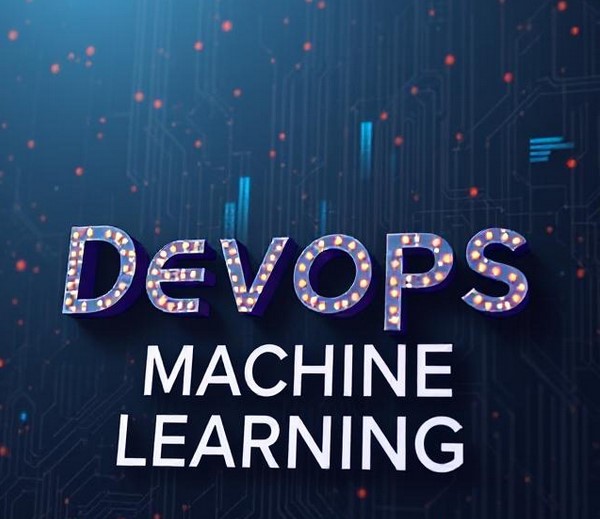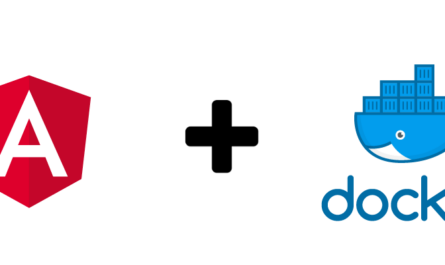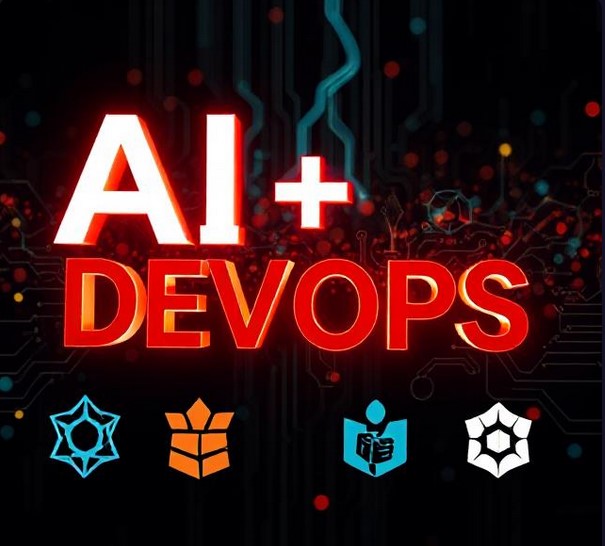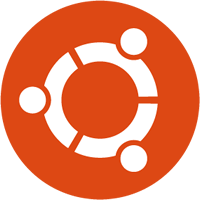Introduction
DevOps has revolutionized software delivery by integrating development and operations teams, enabling faster releases, automation, and continuous feedback loops. However, as applications grow more complex, traditional DevOps approaches struggle with scalability, unpredictability, and troubleshooting inefficiencies. This is where Artificial Intelligence (AI) steps in.
AI-driven DevOps is transforming software deployment, monitoring, and incident response. Machine learning (ML) models can analyze vast datasets, detect patterns, and automate infrastructure management, making DevOps workflows more efficient, scalable, and intelligent.
In this blog, we’ll explore how AI is reshaping DevOps with real-world examples and practical implementation strategies.
1. How AI is Enhancing DevOps Workflows
1.1 AI-Powered CI/CD Pipelines
Continuous Integration/Continuous Deployment (CI/CD) is the backbone of modern DevOps. However, traditional CI/CD pipelines require manual configuration, monitoring, and debugging. AI enhances CI/CD by:
✔ Intelligent Build Failure Detection – AI models can analyze build logs, detect root causes of failures, and suggest fixes.
✔ Automated Test Case Selection – AI prioritizes test cases based on historical failures and risk analysis, reducing redundant test execution.
✔ Self-Healing Pipelines – If a deployment fails, AI can automatically roll back changes, redeploy, or suggest patches.
🔹 Example: Facebook uses AI to predict flaky tests in its CI/CD pipeline, reducing failed builds by 33%.
1.2 AI-Driven Anomaly Detection in Infrastructure Monitoring
Traditional monitoring tools generate thousands of alerts, making it difficult to distinguish real incidents from noise. AI improves observability by:
✔ Log Analysis & Anomaly Detection – AI can scan millions of logs to detect hidden patterns, security threats, and anomalies.
✔ Predictive Maintenance – AI predicts system failures before they happen, reducing downtime.
✔ Intelligent Alerting – AI reduces alert fatigue by categorizing issues based on severity.
🔹 Example: Netflix uses AI-powered observability (Mantis) to analyze logs in real-time and predict system failures.
1.3 AI for Automated Incident Response
AI chatbots and automation tools are revolutionizing DevOps incident management by:
✔ Automating Root Cause Analysis (RCA) – AI analyzes incident reports and logs to pinpoint root causes in minutes.
✔ Intelligent Remediation – AI suggests or executes remediation actions, reducing human intervention.
✔ Self-Healing Infrastructure – AI can trigger automatic scaling, failover, or service restarts.
🔹 Example: Google Site Reliability Engineering (SRE) teams use AI-powered AIOps to automate post-mortem analysis and enhance system reliability.
2. Practical Implementation of AI in DevOps
If you want to implement AI in your DevOps pipelines, start with these tools:
✅ AI for Log Analysis: Elastic Stack (ELK) + OpenAI GPT for log parsing
✅ AI-Driven CI/CD: Jenkins + ML-based test case selection
✅ AI Observability: Prometheus + AI-powered anomaly detection (Datadog, Dynatrace)
✅ Self-Healing Systems: Kubernetes + AI-based auto-scaling (KEDA, OpenAI Codex for remediation)
🔹 Example: Amazon Web Services (AWS) uses AI to automatically scale EC2 instances based on predictive workload demand.
Conclusion
AI is reshaping DevOps by automating failures detection, improving observability, and enabling predictive monitoring. By integrating AI-powered tools into DevOps pipelines, organizations can improve efficiency, reduce downtime, and accelerate software delivery.






